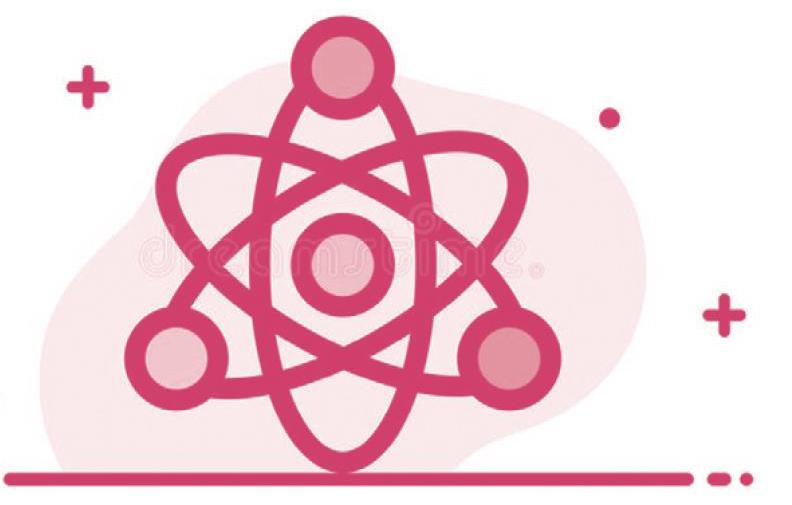中国首个火星探测器发射升空
2021-04-08曹希
曹希

On July 23, 2020, China successfully set off its first fully homegrown Mars mission, the Tianwen-1, on to a monthlong space voyage toward the Red Planet, marking a new era in a space exploration sector long dominated by NASA.
Tianwen-1, which translates to “heavenly questions”1, consists of an orbiter and a lander/rover duo. Its the first attempt by any country to achieve orbiting, landing and roving all in one go. “No planetary missions have ever been implemented in this way. If successful, it would signify a major technical breakthrough,” scientists of the China National Space Agency (CNSA) wrote in a recent paper on Nature Astronomy outlining the missions objectives.
The orbiter, lander and rover probe combo lifted off atop a Long March 5 rocket from the Wenchang Satellite Launch Center on Hainan Island Thursday morning at 12:41 a.m. EDT2. American space entrepreneur and Mars enthusiast Elon Musk praised the mission in a tweet Thursday morning, calling the launch “impressive.”
Impressive Tianwen-1 Mars rover mission launched by China today https://t.co/FsyA3I0HrU
— Elon Musk (@elonmusk) July 23, 2020
Four days ago, the United Arab Emirates launched its own Mars orbiter, Hope, atop a Japanese rocket to study the Red Planets atmosphere and climate. Taking advantage of the summer launch window, NASA will launch a Mars probe as well, the life-hunting Perseverance rover, on July 30. All three missions are scheduled to arrive at Mars in February 2021.
What will Tianwen-1 do on Mars?
In the Nature Astronomy paper, CNSA researchers laid out five scientific objectives of the Tianwen-1 mission: Map the geological structure of Mars, investigate surface soil characteristics, analyze surface material composition, and study the Martian climate and environment at the surface, as well as the physical fields (electromagnetic, gravitational) and internal structure of Mars.
If all goes according to plan, the Tianwen-1 probe will reach Mars orbit in February next year. The orbiter will settle into a polar elliptical orbit that will allow it to observe the planets surface from a height between 165 miles and 7,500 miles.
The rover is expected to touch down on the Martian surface in April or May somewhere within Utopia Planitia, a large plain in Mars Northern Hemisphere. Once deployed, the rover will spend about 90 Martian days (or 93 Earth days) studying its surroundings in detail.
What else is on Chinas space playbook?
The Tianwen-1 mission is Chinas second attempt at the Red Planet after a 2011 orbiter mission called Yinghuo-1 failed. The Yinghuo-1 mission didnt include a lander or a rover.
China has been a frontrunner in pushing space projects over the past two decades. As The New York Times noted, the countrys space program is “one of the few that have launched their own astronauts and space stations to orbit.” China is also the first country to land a probe on the far side3 of the moon. Last January, CNSA successfully sent a robotic lunar rover called Yutu-2 to the moon as part of the Change-4 mission4. The rover is still roaming the dark side of the moon studying the lunar composition.
2020年7月23日,中國完全自主研发的天问一号火星探测器成功发射升空,开始了为期数月的太空之旅,奔向火星。中国开启首次自主火星探测任务,标志着长期以来由美国国家航空航天局主导的太空探索进入了新纪元。
“天问”可解读为“向上天叩问”。天问一号火星探测器由环绕器和着陆巡视器组成。在中国之前,还没有哪个国家尝试过一次完成绕飞、着陆和巡视三大任务。中国国家航天局的科学家们最近在《自然·天文学》杂志上发表论文概述了这次探测任务的目标,其中写道:“以往的行星探测任务从未这样做过。如果成功,这将标志着一项重大的技术突破。”
美国东部夏令时间7月23日凌晨0点41分,探测器搭乘长征五号运载火箭从中国海南文昌航天发射场升空。美国航天企业家埃隆·马斯克也是一名火星爱好者,他在周四上午发推特称赞这次发射 “十分震撼”。
今天中国的天问一号火星探测器发射了,十分震撼https://t.co/FsyA3I0HrU
——埃隆·马斯克(@elonmusk)2020年7月23日
4天前,阿拉伯联合酋长国的希望号轨道器搭乘日本制造的火箭发射,任务是研究火星的大气和气候。美国国家航空航天局也将利用夏季发射窗口,于7月30日发射毅力号火星探测器,寻找火星上的生命迹象。三项任务的探测器均计划于2021年2月抵达火星。
天问一号将在火星上做什么?
在《自然·天文学》杂志上发表的论文中,中国国家航天局的研究人员列举了天问一号探测任务的五个科学目标:绘制火星地质结构图,调查火星表面土壤特征,分析火星表面物质组成,研究火星表面的气候和环境,以及研究火星的物理场(电磁场、引力场)和内部结构。
如果一切按照计划进行,天问一号探测器将于2021年2月到达火星轨道。环绕器将最终进入火星的极地椭圆轨道,这样就能从165英里到7500英里的高度观察火星表面。
巡视器预计于4月或5月着陆,着陆地点在乌托邦平原,那是火星北半球的一个大平原。部署完毕后,巡视器将用大约90个火星日(即93个地球日)详细研究周围的环境。
中国还有什么航天计划?
天问一号火星探测任务是中国第二次尝试飞向火星。2011年,中国的萤火一号火星探测任务遭遇失败,该任务没有配备着陆器和巡视器。
过去20年,中国始终是航天项目的领跑者。正如《纽约时报》所指出的,中国的航天项目是“为数不多将本国宇航员和空间站送入轨道的”。中国也是第一个完成月球背面着陆的国家。2019年1月,中国国家航天局成功将玉兔二号月球巡视器送上月球,那是嫦娥四号探月任务的一部分。玉兔二号巡视器目前仍在月球暗面漫游,研究月球的构成成分。 □
(译者单位: 对外经济贸易大学)
